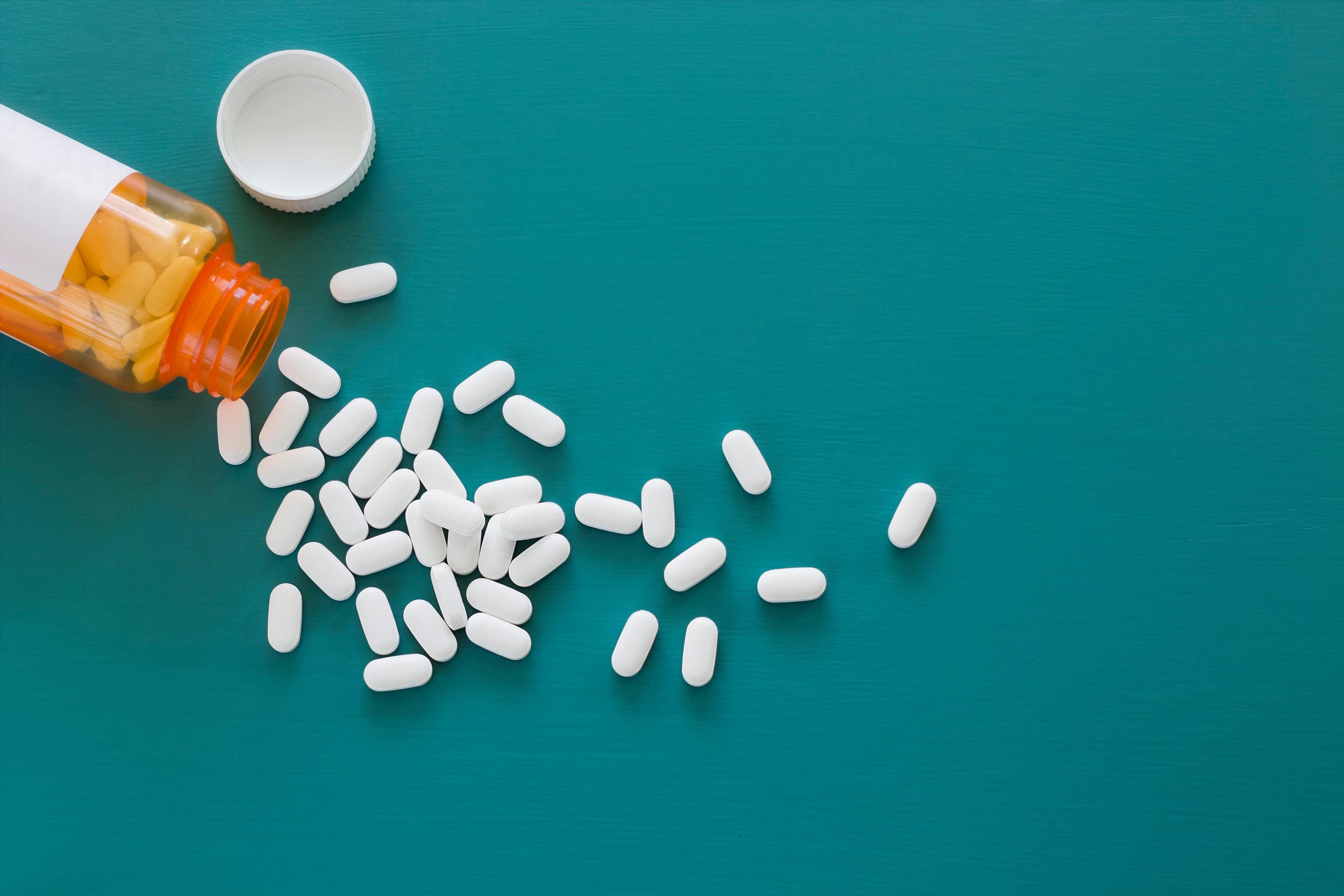
The Power of Medication Adherence Packaging
Introduction.
Medication adherence is one of the most influential drivers of health outcomes — yet one of the hardest to achieve in practice. Patients managing chronic conditions often face cost pressures, complex regimens, access challenges, or simple human factors like forgetfulness that interfere with daily medication use. As a result, an estimated 50% of patients do not take their medications as prescribed, contributing to avoidable complications, hospital visits, and higher healthcare costs [1, 2, 3, 9, 10, 11].
Improving adherence is therefore not only a clinical imperative but one of the highest-value opportunities in population and system-level health. Even modest improvements in adherence can significantly reduce hospitalizations, improve disease control, and lower total care costs [9, 11].
As the evidence base has expanded, one insight remains clear: well-designed adherence supports — including pharmacist-led interventions and blister packaging — can help patients take their medications more safely, more consistently, and with greater confidence [12, 14].
What is medication adherence and medication compliance?
Medication adherence and medication compliance are often used interchangeably, but there are subtle differences. Medication adherence reflects the patient–provider relationship and refers to the degree to which an individual takes a medication as agreed upon with their provider. Medication compliance places more emphasis on prescriber authority and refers to the degree to which a patient takes medication as directed by their provider [1].
For the purposes of this microsite, adherence and compliance are used interchangeably. If a patient takes a medication as prescribed, the patient is considered adherent. If they do not always follow the prescribed dose, timing, or frequency, they are non-adherent to some degree. Non-adherence can also show up in different patterns, which are described below.
Types of non-adherence
Primary Non-Adherence
Perhaps the most obvious form of non-adherence is primary non-adherence. This occurs when a patient never fills or never takes a medication that was prescribed. Although the clinician has identified a need for treatment and written a prescription, the patient never actually starts therapy, so they are non-adherent from the outset [1].
Non-Persistence & Unintentional Non-Adherence
Non-persistence occurs when a patient stops taking a medication without their provider’s knowledge or agreement. For example, they may discontinue therapy early, fail to refill a prescription, or stop altogether once they feel better or worse.
Unintentional non-adherence occurs when a patient intends to follow their regimen but experiences barriers such as cost, lack of access, complex regimens, cognitive or physical limitations, or competing priorities.
Even when a medication is filled and some doses are taken, patients may still be non-adherent if they miss doses, take extra doses, take the wrong number of pills, or take doses at the wrong time.
Intentional Non-Adherence
Intentional non-adherence occurs when a patient makes a conscious decision not to take a medication as prescribed.
Reasons may include concerns about side effects, doubts about benefit or necessity, cost worries, stigma, or previous negative experiences. In these cases, addressing non-adherence requires open discussion, education, and shared decision-making—often led by pharmacists and other healthcare providers—to understand the patient’s beliefs and align the treatment plan with their goals.

Why medication adherence
is important.
For individual patients, non-adherence can lead to worsening disease, loss of function, and reduced quality of life [1]. For example, in a study of more than 11,000 people with diabetes, those who were non-adherent had higher blood pressure, higher glycosylated hemoglobin, and higher cholesterol levels—and they were more likely to be hospitalized or die than adherent patients [2].
Non-adherence also affects health systems and public health. Missed or incorrectly taken doses contribute to avoidable emergency visits and hospital readmissions, adding preventable cost and strain to already limited resources. One study found that 26% of all hospital readmissions were medication-related, and nearly one in four of those (23.8%) were specifically due to non-adherence [3].
Non-optimized medication therapy overall is estimated to result in $528.4 billion in preventable costs every year, highlighting medication non-adherence as a major public health concern [1].

How Do You Measure Adherence?
There is no single “gold standard” for measuring medication adherence. Different methods capture different aspects of a patient’s medication-taking behaviour, and each comes with strengths and limitations. In practice, clinicians, pharmacists, researchers, and health systems often rely on a combination of measures to understand how consistently a patient takes their medicines. Medication adherence can be measured using:
Direct Methods
These capture whether the medication was actually ingested.
Direct observation of therapy (DOT): watching the patient take the medication, most often used in infectious disease settings.
Highly accurate but rarely feasible in outpatient care.
Pharmacokinetic drug level monitoring: measuring drug or metabolite concentrations in blood, urine, or saliva.
Useful for certain therapies, but affected by metabolism, timing, and laboratory variability [1].
Indirect Methods
These provide evidence of medication-taking behaviour without directly observing ingestion.
Refill data and dispensing records:
Pharmacy fill patterns can reveal whether a patient obtains their medications on time. These data are used to calculate widely adopted measures such as:MPR (Medication Possession Ratio)
PDC (Proportion of Days Covered)
(See chart below for examples.)
Electronic monitoring systems:
Devices that record when a pill bottle is opened or when a blister cavity is pushed.
Accurate for timing and patterns, but more costly.
Pill counts:
Counting remaining doses at follow-up visits.
Provides a practical estimate but can be manipulated or inaccurate.
Patient self-report and diaries:
Quick and accessible but subject to recall bias and social desirability bias [1].
Why MPR and PDC Matter
MPR and PDC are the two most common adherence metrics in clinical research, pharmacy practice, and value-based care programs. They are widely used because:
They reflect real-world refill behaviour
They are inexpensive to calculate
They correlate with clinical outcomes in chronic disease
However, they measure medication availability, not ingestion.
MPR (Medication Possession Ratio)
The total days’ supply obtained over a defined period divided by the number of days in that period.
A value of ≥0.8 (80%) is commonly used as the threshold for “adherent.”
PDC (Proportion of Days Covered)
The number of days in which the patient had medication available, divided by the number of days in the period.
PDC is generally preferred when patients take multiple therapies for the same condition because it avoids the inflated estimates that can occur with early refills.
Why No Single Method Is Perfect
Direct methods are most accurate but not practical for routine care.
Indirect methods are more feasible but rely on proxies (fills, openings, self-report).
Some methods capture whether medication was obtained; others capture when it was taken; few capture why doses were missed.
For this microsite, the focus is on refill-based measures (MPR, PDC) because they are:
Standardized
Widely validated
Used across major adherence studies included in this site







